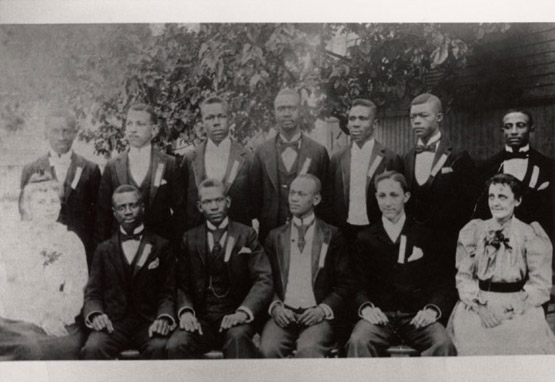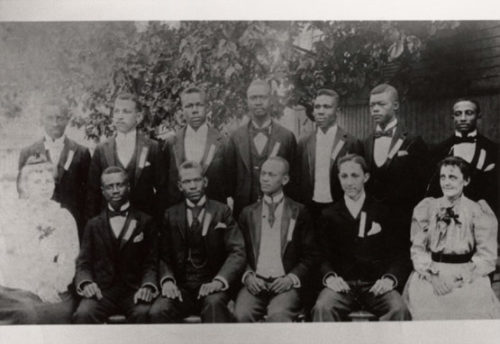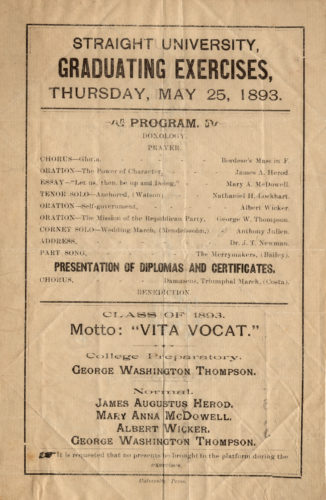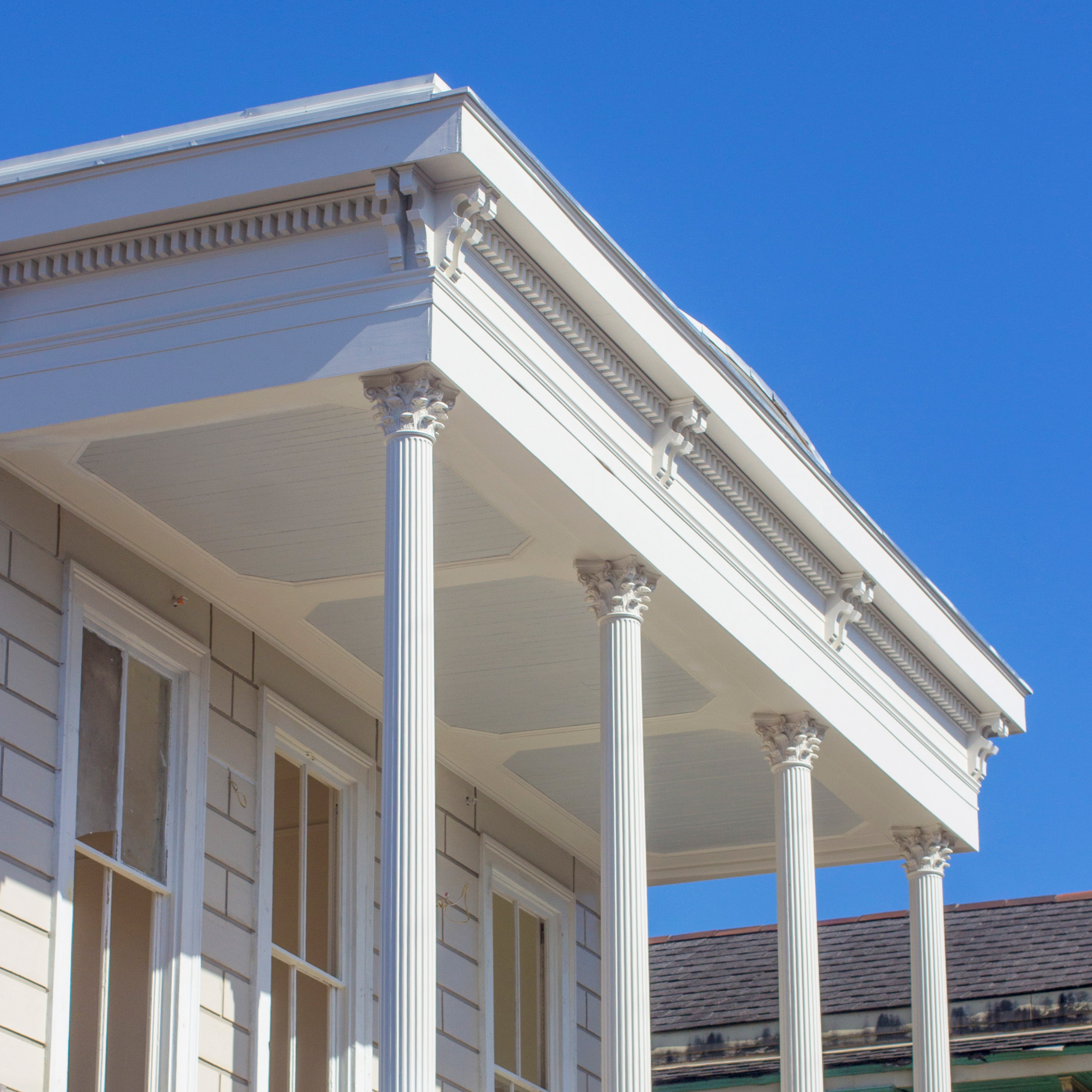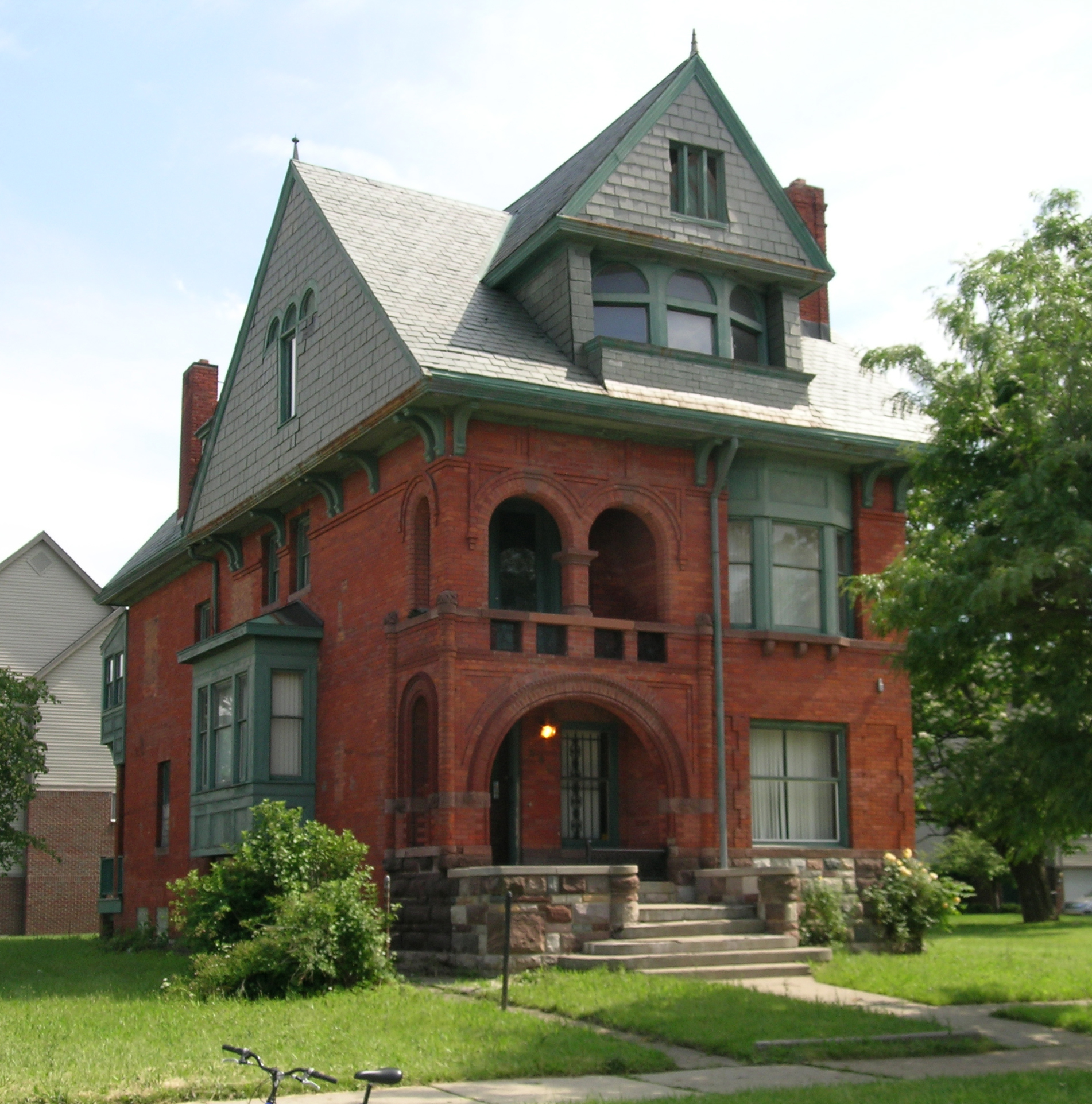The issue of African American education was central in Reconstruction politics in New Orleans and across the South. Civil Rights leaders had already fought hard and successfully for emancipation and enfranchisement in order to gain social, economic and political rights. They were ready to fight hard for equal education. Under Union control, public schools had briefly been required to integrate and African American children received education from private, Catholic and parochial school. These students had proven that they were just as capable as their white counterparts in the classroom.1
Mayor John T. Monroe (1860-62 and 1866-67) abolished the Unionist school system in New Orleans and by the mid-1860s; freed blacks were not legally allowed to attend tax-funded schools.2 However, a state constitution adopted in 1868, largely drafted by enfranchised African Americans and radical Republicans, required that public schools be established without segregation by race. Though there was some initial resistance, by the 1870s, many schools in the city were considered to be desegregated.
In addition to the federally established Freedmen’s Bureau, several privately run organizations maintained a presence in New Orleans in support of African American Civil Rights. Among them was the American Missionary Association (AMA), founded in 18463 as an abolitionist organization in Syracuse, NY. This national organization focused on social justice for immigrants, Native Americans, and African Americans.
Attracted by the political awareness of African Americans in New Orleans, the American Missionary Association began sending representatives to Louisiana in 1864.4 Seymour Straight, a businessman from Cincinnati, Ohio, and friend of the AMA, wrote in 1863 of his concerns that no missionaries were in New Orleans to promote the welfare of the African American community. Pointing to conditions of overcrowding, starvation, disease and disorder, he encouraged the AMA to send missionaries to New Orleans.5 The AMA’s focus on African American education was threefold: “first, to develop their own leaders; second to provide a literate black citizenry; and third, to plant and nurture Christian values in the black South.”6 Two leaders emerged in the AMA who would shape the organization’s future role in New Orleans: Seymour Straight and the Revered J. W. Healy, who had come down to New Orleans from Chicago as a Congregationalist preacher. The two would join forces and establish one of the first universities for African Americans in the state, Straight University.
- Devore Logsdon Crescent City Public Schools: Public Education in New Orleans 1841-1991 (Orleans Parish School Board, New Orleans 1991) pp 67
- Ibid pp 65
- The Amistad Research Center Official Website. Amistad Research Center, Inc. (Tulane University, New Orleans, 2009) www.amistadresearchcenter.org.
- Jacquelyn S. Haywood, The American Missionary Association in Louisiana During Reconstruction. (University of California, Los Angeles, 1974)
- AMA Website, Ibid
- Haywood, Ibid.
Straight University’s graduating class of 1896, and a graduation program from 1893. Photos courtesy of Amistad Research Center.
Straight Up History is a digital project dedicated to documenting the history of Straight University, one of the first Historically Black Colleges in the state of Louisiana, which later became Dillard University. PRC’s Operation Comeback program is renovating the last remaining structure of the Straight University campus. Read more stories about the history of Straight University here.



